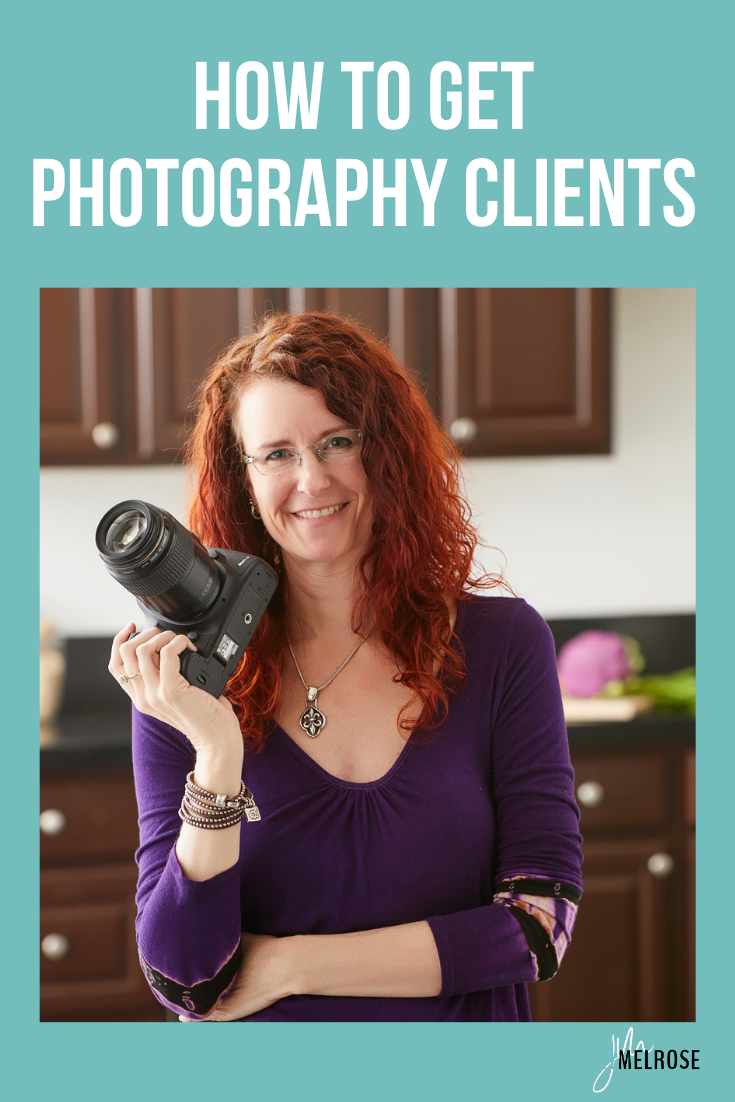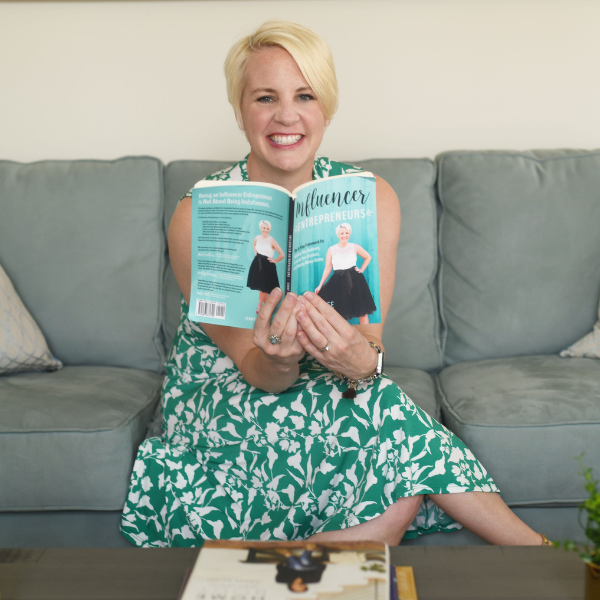Are you struggling with how to get photography clients? Do you need help knowing which brands to reach out to, how to market yourself, or what to charge?
IE 203: How to Get Photography Clients with Christina Peters

These types of questions can leave you in analysis paralysis and keep you from ever moving forward or growing your business. But they don’t have to!
In today’s episode, I’m talking to Christina Peters about food photography, how to impress brands and gain clients, and how to do it all while pricing yourself properly.
Christina Peters has been a commercial food photographer for more than 25 years. She specializes in working with ad agencies and design firms. She also teaches other bloggers and food photographers how to do the same as a business.
Creating a Consistent Portfolio
When it comes to getting photography clients, the way that Christina teaches is a little different than others who are in the industry. Your first goal is to determine what type of photography clients you want.
If you are a food blogger, open up your cupboards and look at what brands you are already using. Look at what foods you can make from those ingredients. What types of photographs could you take of these foods that the ingredient brands would be happy to be associated with and love to see representing them?
Lots of times, photographers are just told to “take pretty pictures.”
If you’re just taking random, pretty pictures, with no goal in mind, your portfolio will not be consistent. Consistency is key. You have to know who you want as a client.
Representing What Your Client Wants
Are you showing your clients images they would love to use for their brand?
Christina has clients who go to her website and say “We want this exact photo, just with our food in it.” That is the goal. You want it to be a no-brainer.
If you are not representing the type of food in an image that a brand needs to see, they won’t be able to interpret your beautiful photography.
You have to show your client exactly what they are hiring you for.
Packaging Photography
There is a style of photography that Christina calls “social media work.” This is typically a picture of a package laying next to a finished product.
Christina doesn’t use social media style photography. She wants her images to be so beautiful that the brands will want to use them on their packaging.
Think about when you walk down the frozen food aisle in the grocery store and see the beautiful pictures on the boxes. Those are the type of images Christina has in her portfolio.
If you want to do social media work, you’ll have to have an enormous amount of clients to make the amount that you can make if you do packaging photography.
Show Them What They Want to See
Most photographers don’t have a lot of prepared dish photos. They have beautiful “ingredient shots,” as Christina calls them – pictures of vegetables, fruits, and more.
You do have to show those in your portfolio, but you also have to show fully prepared and cooked foods.
Your client won’t know that you can pull off these types of images unless you can prove it to them. If you want to go after a pasta company, you have to have pictures of prepared pasta dishes.
Make Your Expertise Clear
There are two types of food photography sites:
- Food blogger photographers
- Food photographers
Christina is a food photographer. She isn’t developing recipes or staging foods. When you go to her website, you will just see images of prepared dishes. You can scroll and scroll and will just see photos of food.
A lot of food bloggers have one website that is the umbrella for everything.
If a client comes to your site and has to dig around to find out if you are a good photographer, nutritionist, recipe developer, etc., the interpretation is that you are not actually an expert in that field, but a blogger.
You want to make it very clear that you have a photography portfolio and that you are a pro-shooter.
On the pages where you talk about your photography, don’t mention that you just picked up a camera a year ago. That means you are a junior shooter. If you have only been shooting for a couple of years, talk about your love for photography. Give the client proof that you are a pro.
You don’t want to deal with impostor syndrome. Don’t feature how little experience you have. Feature the amazing photography you have instead. Don’t’ be afraid to show off your portfolio.
Align Yourself With the Brand
If you position yourself properly, you won’t be going after mega-brands right away. You will go after smaller brands and will be able to match your level of expertise to their brand.
Study your brands. Hunt down the perfect brand for you. Look at the type of imaging they are posting on their social media. You will be able to tell from these types of images if they are on your level or not.
Align your work with the clients you are going after, based on your experience level.
Showcase Without Sharing
A social media presence is great but sharing images on social media can be tricky. If you share an image and tag a brand, it can come across as if you are giving permission for them to use your image for free.
If you have tens or hundreds of thousands of followers, that conversation will be a little different because you have an audience.
Social media is a great place to showcase your portfolio. You just have to be careful when it comes to tagging brands. You don’t want to just give your hard work away for free.
Price Yourself Properly
If you have local brands, you can pitch them the opportunity of monthly, quarterly, or seasonal photoshoots. Many restaurants have to do this because they are changing their menus. Think about it- someone is making social media content for them and it could easily be you.
Price yourself properly so that it is profitable for you, but at a little bit of a discount since it will be a recurring opportunity.
You must have a pricing scale that goes along with your experience. What Christina charges will be different than someone who is just getting started.
In order to figure out what you need to make in order to be profitable, first figure out what it costs you to exist in this world, personally, and in your business. Christina doesn’t advise her students to even leave the house unless they are charging $500 for a small package.
Restaurants will pay that for good work. You have to find the people who are willing to pay what you need in order to be profitable.
Remember, above all, that you are in control. You don’t have to take less than you deserve and you don’t have to take more images than originally agreed upon. Stand firm when it comes to working with these restaurants and brands.
Christina has a 10-page PDF where she teaches you to position yourself financially, the type of work you need to show, and a marketing plan to get your ideal client. Make sure you grab The 4-Figure Day Rate Plan.
You can find Christina on her website where she writes all about food photography. She also has a food photography membership where you can learn more about the business involved in food photography. You can also take a look at her commercial website to see what she’s showcasing as a resource.


